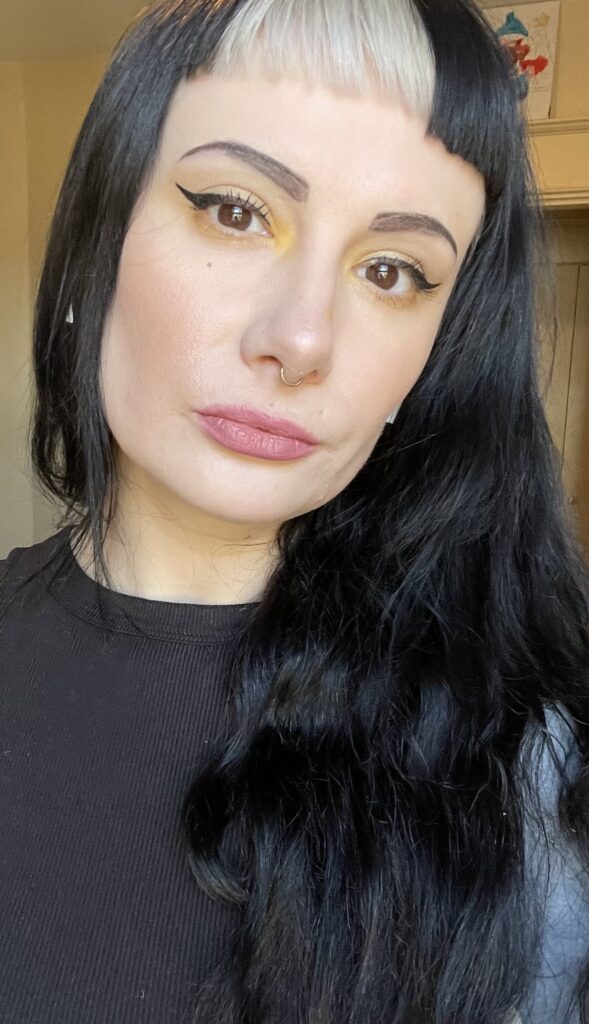Shannon talks about the complexities of addiction and why listening to others’ stories is so important.
“An individual is not their substance use,” says Shannon, who works for a harm reduction organization in New Brunswick. “It’s so complex. There’s always a bunch of things happening at once in these individuals’ lives.”
There are many layers to consider. A simple one is the idea that literally anyone can find themselves unexpectedly trapped in a cycle of substance use. It is not a ‘certain kind of person’ who makes a conscious decision to get involved with opioids or other drugs.
People can get into an accident and get prescribed opiates in a medical setting. But then they might become dependent on that opioid, especially if it ends up helping them cope with other things going on in their lives.

Shannon’s describing what has unfortunately become an all too common scenario. An average person has a routine medical encounter with opioids—maybe it’s something as simple as getting their wisdom teeth removed. The opioids are prescribed for pain, but they also help ‘quiet’ or lessen the burden of anxieties or other mental health issues. When the prescription runs out, the physical pain may be gone, but the mental pain comes roaring back.
“What we find then is people will then start accessing street substances, because it’s what’s available,” says Shannon. “There’s this misconception that you have to go into a dark alley at the witching hour to do this. It’s actually quite easy.”
Working on the front lines of the opioid overdose crisis, Shannon meets people from many walks of life. “You need to acknowledge that individuals may have a lot of complexities at play,” she says. “You’re lending an ear to them and actively listening to their stories. Allowing yourself to be open to their stories is so important because they’re not getting that in a lot of other settings.”